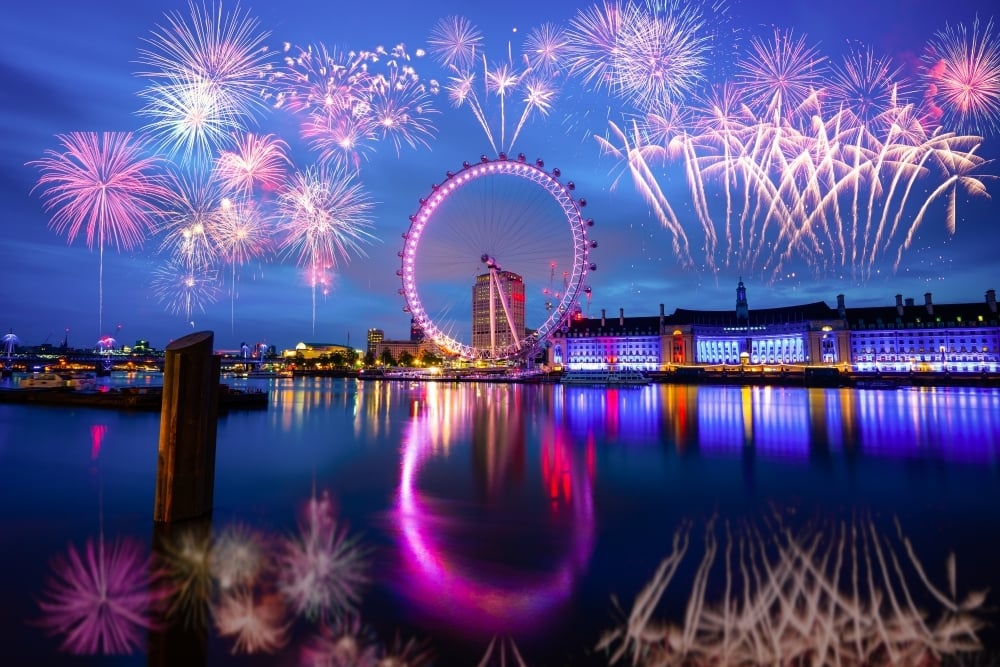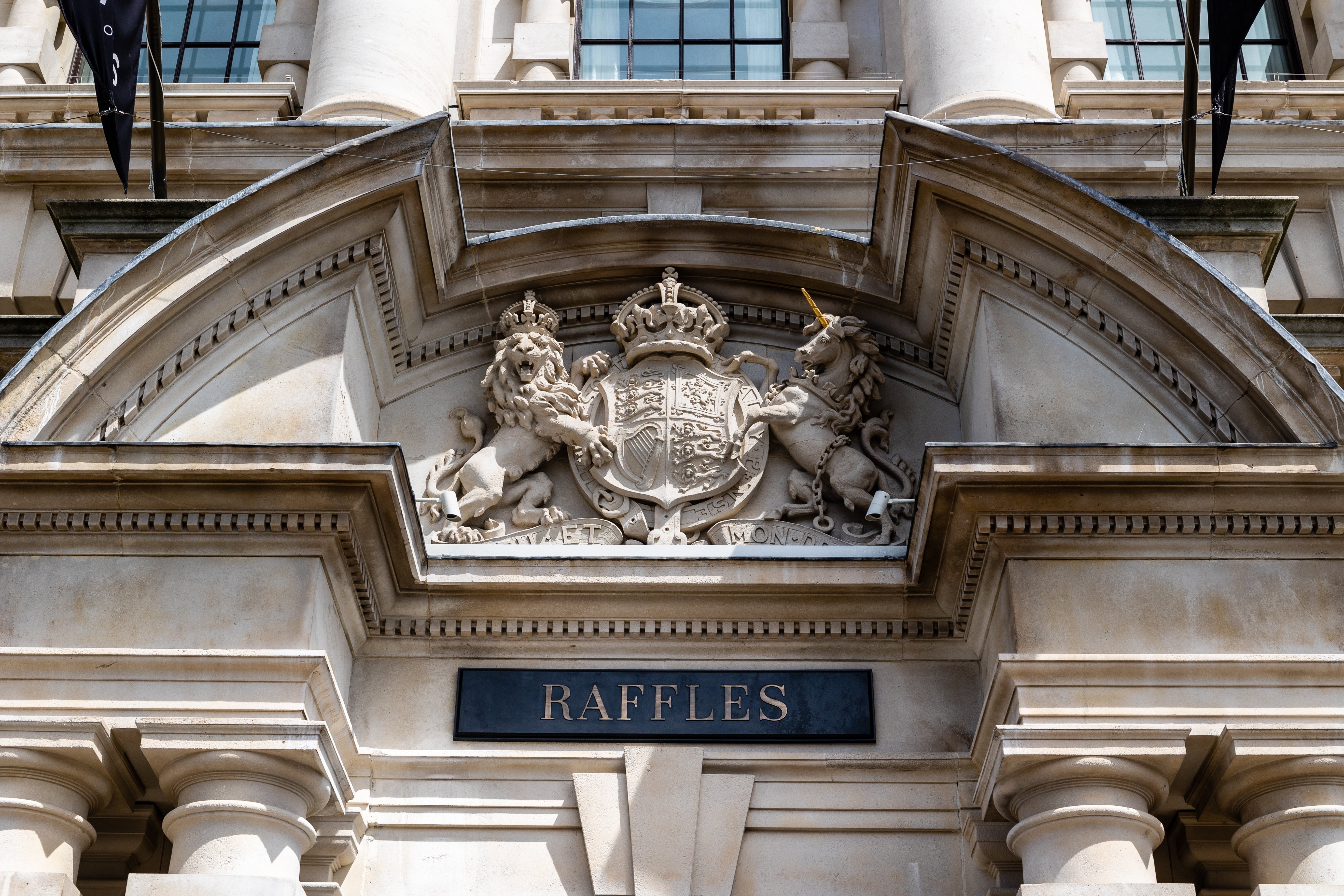What Makes a Mansion? 5 Stunning Examples
It’s hard to believe now, but the term ‘mansion’ has modest roots. It originates from the Latin word mansio, which translates to ‘staying place’ or ‘dwelling’ – no glitz, no glamour. Over time though, the word has greatly evolved, with its fuller meaning developing into something far from humble. By the 15th century, ‘mansion’ in English was a reference to grander and more impressive residences, often those of the gentry or nobility, with a huge number of rooms and vast grounds. Today, the term is more commonly associated with wealthy celebrities, entrepreneurs, and royalty, but mansions still symbolise the same ideals of power, wealth, and status.

Defining what makes a mansion isn’t an exact science. Some real estate specialists consider more than 8,000 square feet in size to be a mansion – a sizable jump from the 5,000 square feet previously accepted as the benchmark. So, the sands are always shifting, and context changes everything. While size still matters when it comes to deciding what is considered a mansion (i.e. at least five to six bedrooms), modern mansions are characterised by a host of other features including inventive architecture, smart home integration, and general lifestyle amenities, beautifully blending luxury with functionality. Throughout the years, many of the best mansions in the world have captured the imagination of the wider public and become famous in their own right. Here is our selection of some of the best.
VILLA LEOPOLDA, COTE D’AZUR, FRANCE
Villa Leopolda is an astonishing coastal estate in the south of France. Owned by Lily Safra, widow of Lebanese banker Edmond Safra, it has a rich history and was built on land once owned by monarchs. Overlooking the majestic French Riviera – an area long adored by thousands – this villa is set amid 18 acres of sumptuous land. With a private beach, perfectly landscaped gardens, and a helipad, it's easily one of the largest and most luxurious homes in Europe. Over the years it has been a billionaire’s party pad, and the backdrop to some notable films: legendary British director Alfred Hitchcock used Villa Leopolda as a set in his 1955 romantic thriller 'To Catch a Thief', starring Grace Kelly and Cary Grant. Perched up high on the hillside, lucky guests at Villa Leopolda can revel in both the opulent villa interiors and the breathtaking views of the shimmering sea and pine-forested valley.
XANADU 2.0, WASHINGTON, USA
To say the technology is cutting-edge in this 66,000 square-foot mansion is something of an understatement. This Washington villa features an ultra-high tech home automation system that allows its occupants to control lighting, temperature, music, and art displays throughout the house with touchpads and sensors. Visitors can also wear electronic pins that adjust the environment based on their preferences, with respect to lighting and temperature, and so on. It will come as no surprise that the owner of Xanadu 2.0 is billionaire Microsoft founder and philanthropist Bill Gates. The house, which took seven years to build and still undergoes regular development, also features an indoor pool with its own underwater music system, a colossal library with a domed roof and a $30 million Leonardo Da Vinci manuscript, a home theatre, and views of Lake Washington.
PALACE OF VERSAILLES, FRANCE
Back to France for one of the most famous mansions in history – The Palace of Versailles. This culturally iconic palace is the embodiment of wealth and power, and in France, it holds deep historical significance. The Palace of Versailles, located near Paris, served as the royal residence of the French monarchy from 1682 until the French Revolution in 1789. It symbolises the power and eventual downfall of the Ancien Régime, and the birth of France as a proud Republic. This masterpiece of French Baroque architecture is simply breathtaking: it boasts perfect symmetry, exquisitely ornate detailing, and endless, immaculate gardens. Gold leaf is used extensively on the exterior, along with elaborate marble statues and stunning facades. As for the interior, it’s just as opulent. The cultural impact of Versailles is phenomenal – from the late 17th century onwards, it hugely influenced palace architecture around the world. Its strict symmetrical proportions and vast facades were soon echoed around Europe in buildings such as Schonbrunn Palace in Vienna, and the Palace of Caserta in Italy. As a UNESCO World Heritage Site, the Palace of Versailles is one of the most visited monuments in Europe.
ANTILIA, MUMBAI, INDIA
Yes, it’s a mansion, but it’s also so much more. Antilia is a unique, 27-storey monolith, reaching high into the Mumbai sky, with 400,000 square feet of ultra-luxurious space. Estimated at $2 billion, it is one of the most expensive and extravagant private residences in the world. Antilia is owned by Mukesh Ambani, chairman of Reliance Industries, who occupies the top floors with his family, while several lower floors are dedicated to guest suites. Every detail and element of Antilia is jaw-dropping: the ‘grand entrance’ lobby has nine elevators, each serving different sections of the house, while the first six floors are dedicated to parking and can accommodate over 160 cars. For entertainment and leisure, the mansion has a grand ballroom, a private 50-seat movie theatre, a state-of-the-art gym, dance and yoga studios, a health spa, and multiple swimming pools. The design of Antilia is inspired by the hanging gardens of Babylon, and the building can withstand earthquakes up to a magnitude of 8 on the Richter scale.
BLENHEIM PALACE, OXFORDSHIRE, ENGLAND
Blenheim Palace is one of the most spectacular and significant mansions in the United Kingdom. It is the main residence of the Dukes of Marlborough, and the birthplace of Sir Winston Churchill, no less. Long known for its divine architecture, sumptuous gardens, and decorated history, Blenheim Palace is uniquely versatile, serving both as a family home and a UNESCO World Heritage Site. Built between 1705 and 1722, the palace now hosts a huge range of cultural events – concerts, festivals, art exhibitions – and it continues to reflect the enduring appeal of the British royal family.
There is no denying that older properties have a charm that is only attainable with the passing of time. While more modern mansions may lack historical significance, they certainly set a new standard for grand living, evidenced in the towering Antilia mansion, and Bill Gates’s intelligent Xanadu 2.0. As we progress into the 21st century, with thousands of years of residential design to look back on, and fascinating innovations appearing every year, one thing is for sure, there is definitely more to come from mansions.



